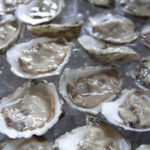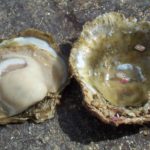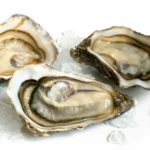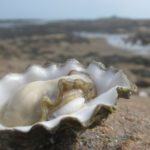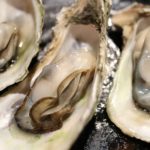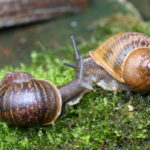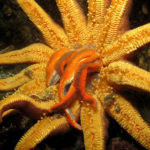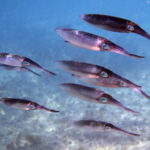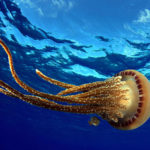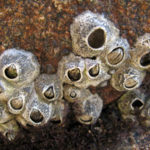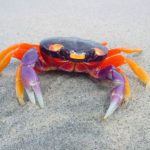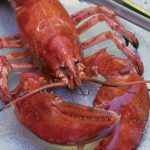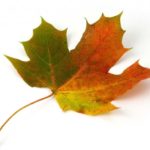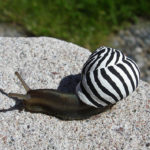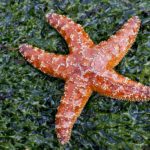Oysters
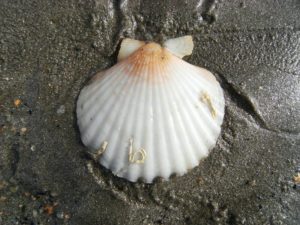 Oysters are a family of marine bivalve molluscs. They have a very characteristic asymmetric shell of irregular shape. One of the most popular among the fishing groups of marine invertebrates. Only 6 oysters – and the daily requirement of the body in iron and copper is assured!
Oysters are a family of marine bivalve molluscs. They have a very characteristic asymmetric shell of irregular shape. One of the most popular among the fishing groups of marine invertebrates. Only 6 oysters – and the daily requirement of the body in iron and copper is assured!
In oysters, the shell is thick-walled and unequal. It consists of a larger convex (mostly left) leaf, which grows to various underwater objects, and a smaller, flatter and thin, free leaf, forming a kind of lid. The top of the leaves is straight, usually on the right more than on the left; The locking edge without teeth, the ligament connecting the two flaps is located at the latch edge on the inside. A mantle is attached to both sash drains (a shell is allocated).
On the inner surface of the shell of the shell, fingerprints are visible, that is, the places of attachment of one of the closing muscles, with the help of this muscle, both valves approach each other, but this process has not yet been elucidated by scientists. The leg, which is a characteristic organ of the movement of lamellarbranch, is completely absent in oysters, since they maintain a fixedly attached way of life. Oyster gills consist of 2 thin plates, seated (as well as mantle) with ciliated hairs supporting a continuous current of water around the body of the animal on each side of the body.
Due to the action of all these ciliated hairs, the animal constantly receives fresh water rich in oxygen, as well as various food particles suspended in sea water, both dead and alive, consisting of unicellular animals and plants (infusorians, algae), rotifers, small larvae Various marine animals (coelenterates, worms, mollusks, etc.).
About 50 species of oysters are known. Almost all of them are warm-water, and only some species penetrate north up to 66 ° N. W. They live both singly and in colonies, usually on hard soils – rocks, rocks or mixed sandy-rocky soils at depths from 1 to 50-70 m. It is customary to distinguish between coastal settlements and oyster banks. Settlements sometimes extend to 300-400 m from the shore, as, for example, in the Sea of Japan. Oyster banks are sometimes located at a greater distance from the shore.
Like many coastal animals, these mollusks are able to tolerate some desalination; The minimum salinity at which they can exist is 12. The level of salinity is reflected in the growth rate of oysters and their taste: oysters collected at a salinity of 20 to 30 ‰ are considered to be the best ones, where there is a small and constant desalination by river waters. At a salinity of about 33-35 ‰, oysters grow well, but their meat becomes stiff.
This property was well known even to the ancient Romans, who withstood the oysters collected in the sea in small freshened reservoirs. In settlements and banks, oysters sometimes live very tightly, then their shells often stand upright, the ventral margin upwards; Sometimes they grow together several times. During strong ebb and flow, the colonies of shells are sometimes exposed, so many species have the ability to experience prolonged drainage.
